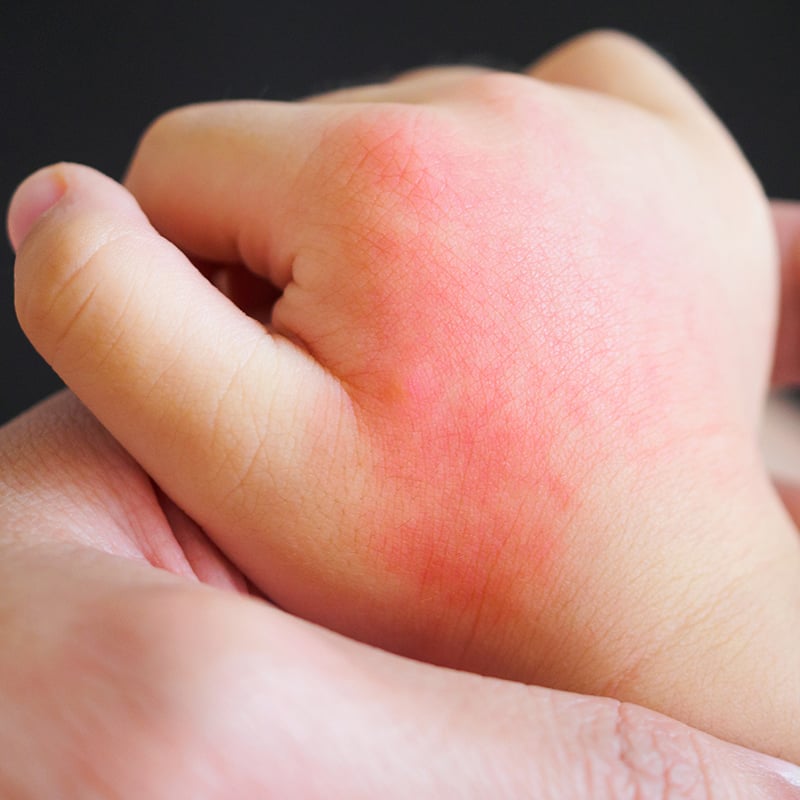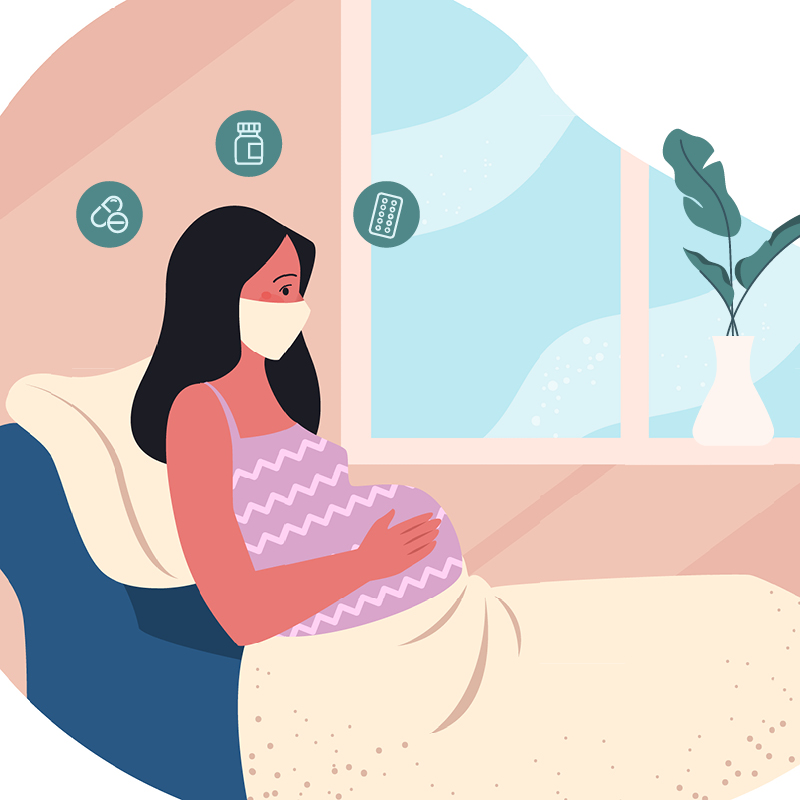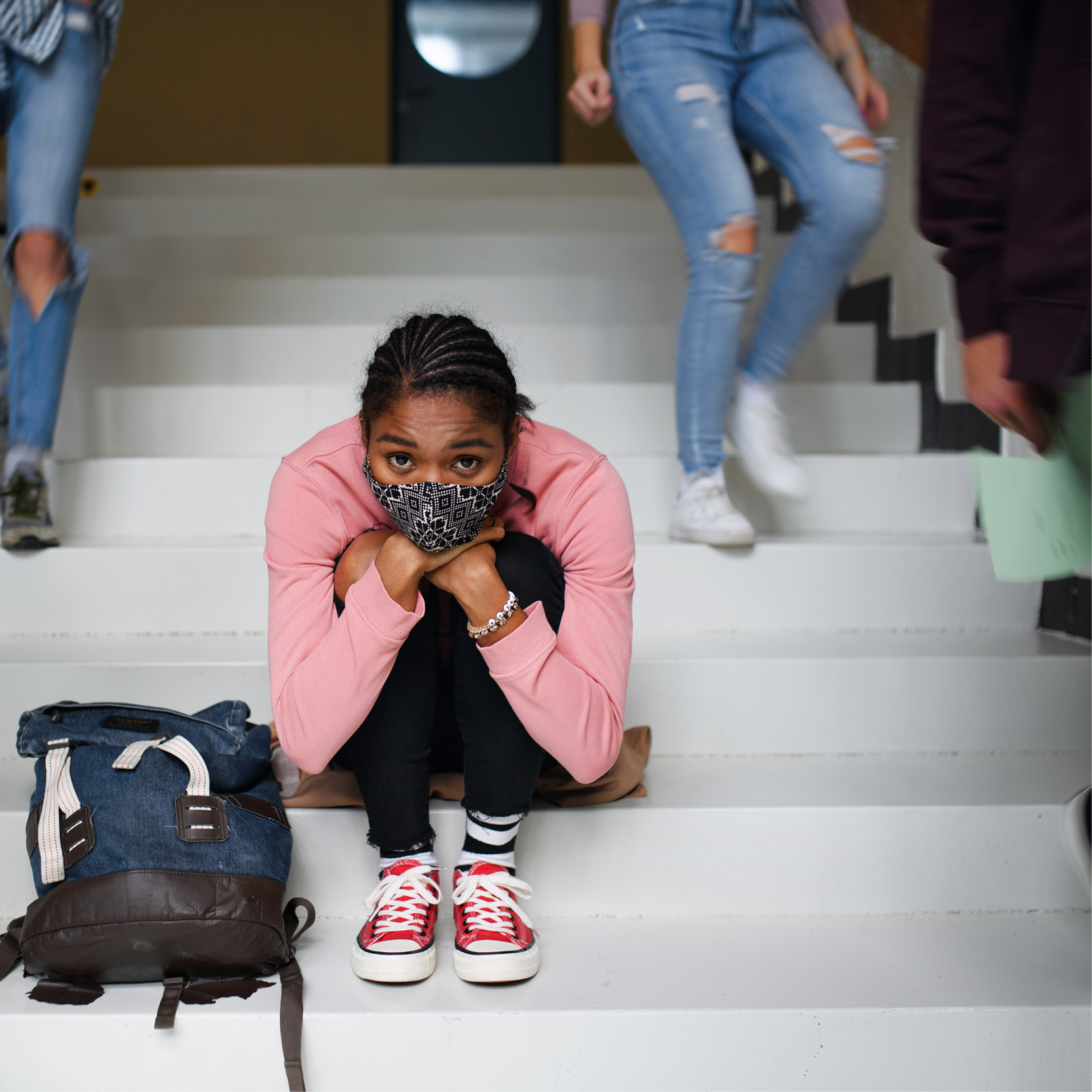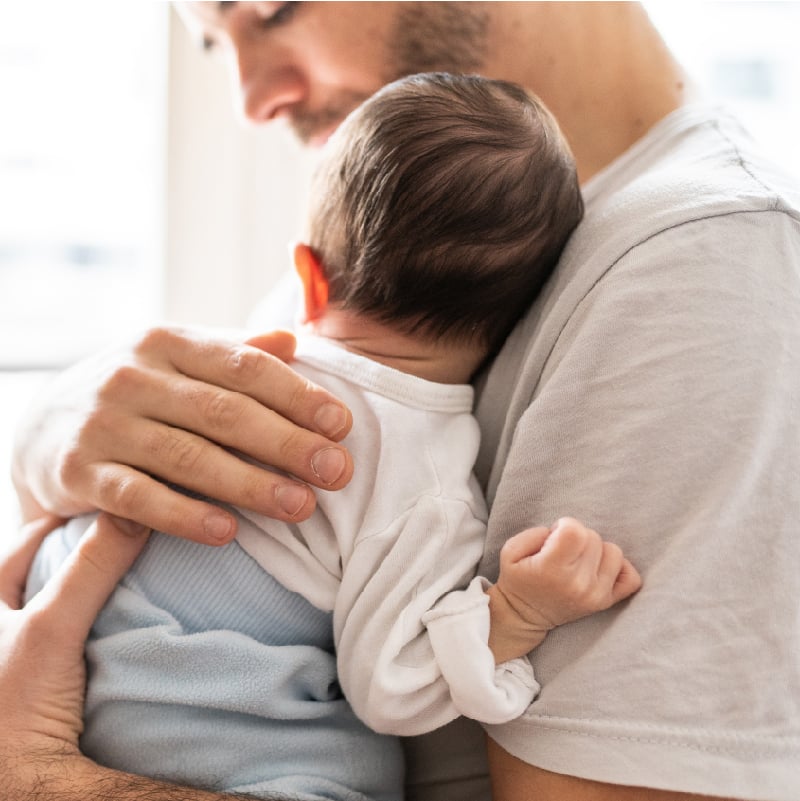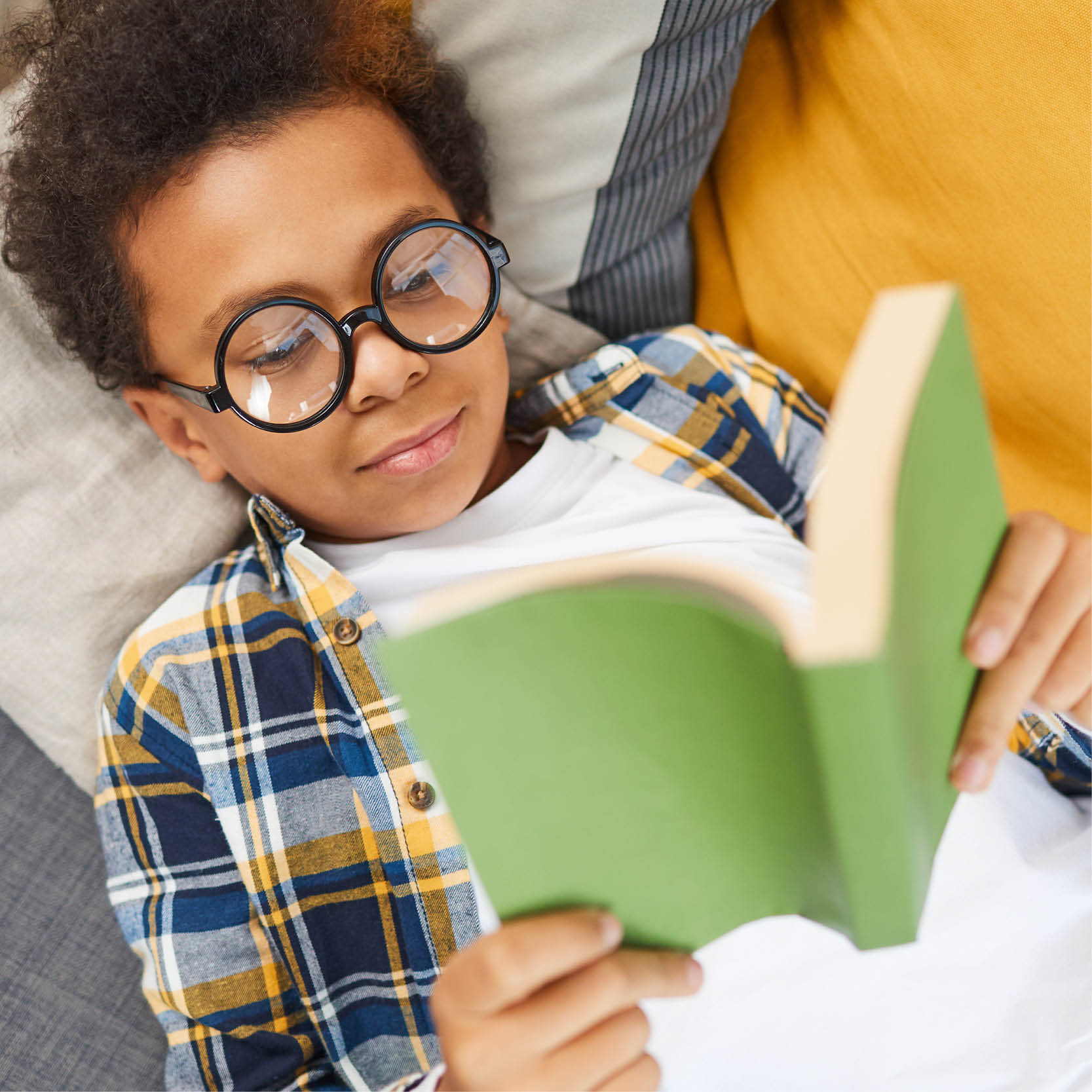One of the most nerve-wracking ideas of raising a toddler is potty training. Some people seem to have no issues with it, while others describe it in less-than-desirable terms.
Tracy Maier, DO, a pediatrician with Rochester Regional Health at Penn Fair Pediatrics, shares her knowledge about the process – from signs your child is ready to introducing the idea of using the toilet overnight.
How to tell if they are ready
There are two key signs to look for that demonstrate your child is ready to begin training.
- A child can communicate that they need to use the toilet
- A child dislikes the feeling of a wet or messy diaper
Before these ideas are expressed, there may be some indication that your child is starting to understand the concept of bowel movements in general. Some of these may include:
- Going to a specific place in the home when going pee or poop in their diaper
- Bringing a new dry diaper to a parent or caregiver after having a bowel movement
- Beginning to show interest in what adults are doing in the bathroom
Potty training for kids should ideally begin around the age of 3. If your child begins to show interest earlier, then parents or caregivers can start accordingly.
If your child starts potty training but loses interest, avoid forcing the idea on them. This can create unnecessary pressure on your child and complicate the process in the future. Try to start over when they are ready.
Child-Led vs. Adult-Led
Always let your child’s interest level be the guide for starting potty training. If the parent is the one pushing the process along, it may be best to wait.
Sometimes a parent may start by having their 12-month-old baby start using the toilet every couple hours to create a rhythm. Dr. Maier suggests this trains the parent to have their child go on the toilet, instead of training the child to use the toilet when they need to go.
“It needs to be child-driven,” Dr. Maier said. “Until the child sees that there is some benefit for them in this process, they may not be very interested in the process.”
Child Potty vs. Adult Toilet
Most pediatricians recommend starting the training process by introducing a child potty. If a child is introduced to an adult toilet immediately, sometimes they can be a bit overwhelmed.
“It has a big hole in it, it makes a loud noise, and it’s just a scary thing,” Dr. Maier said.
By starting with a child-sized portable toilet, your child can sit on it wherever they want. They don’t necessarily need to start sitting on it to pee or poop either; your child can be fully clothed and use it as a chair at first. The idea is to get them used to sitting on a potty.
Once there isn’t a fear of using a toilet, parents or caregivers can progress to the next step of having their child go to the bathroom on the child potty.
Rewards are encouraged for positive reinforcement. Whether your child puts a sticker on a chart or gets a piece of candy, instant gratification reinforces the concept more quickly in a child’s brain. In contrast, if a parent or caregiver tells a child they will get a toy at the end of the day if they use their potty, that delay in gratification can be tough on a toddler.
As for how quickly you transition from a child potty to an adult toilet, it depends on the child. Some devices or adapters allow a child to use handles to climb up onto an adult toilet and sit on the seat. It is all about what works for your child.
Going overnight
As with most aspects of potty training, learning to use the toilet overnight depends on the child.
Generally if a child can go through the whole day without any accidents, tell their parents, caregiver, or other adults when they have to go, and go for 1-2 weeks with a consistently dry diaper overnight, they are ready to go overnight without a diaper.
“One reason for this change in being able to hold it overnight can be attributed to a child’s growth,” Dr. Maier said. “As a child grows, so does the size of their bladder. It can be a combination of toilet training and bladder size that makes the difference.”
One tactic to consider for overnight training is to wake them up when you need to use the bathroom overnight. Wake your child up gently, bring them into the bathroom, and ask them if they need to use the toilet.
Potty training can be a long experience full of ups and downs, but in the end, it is worth it.

